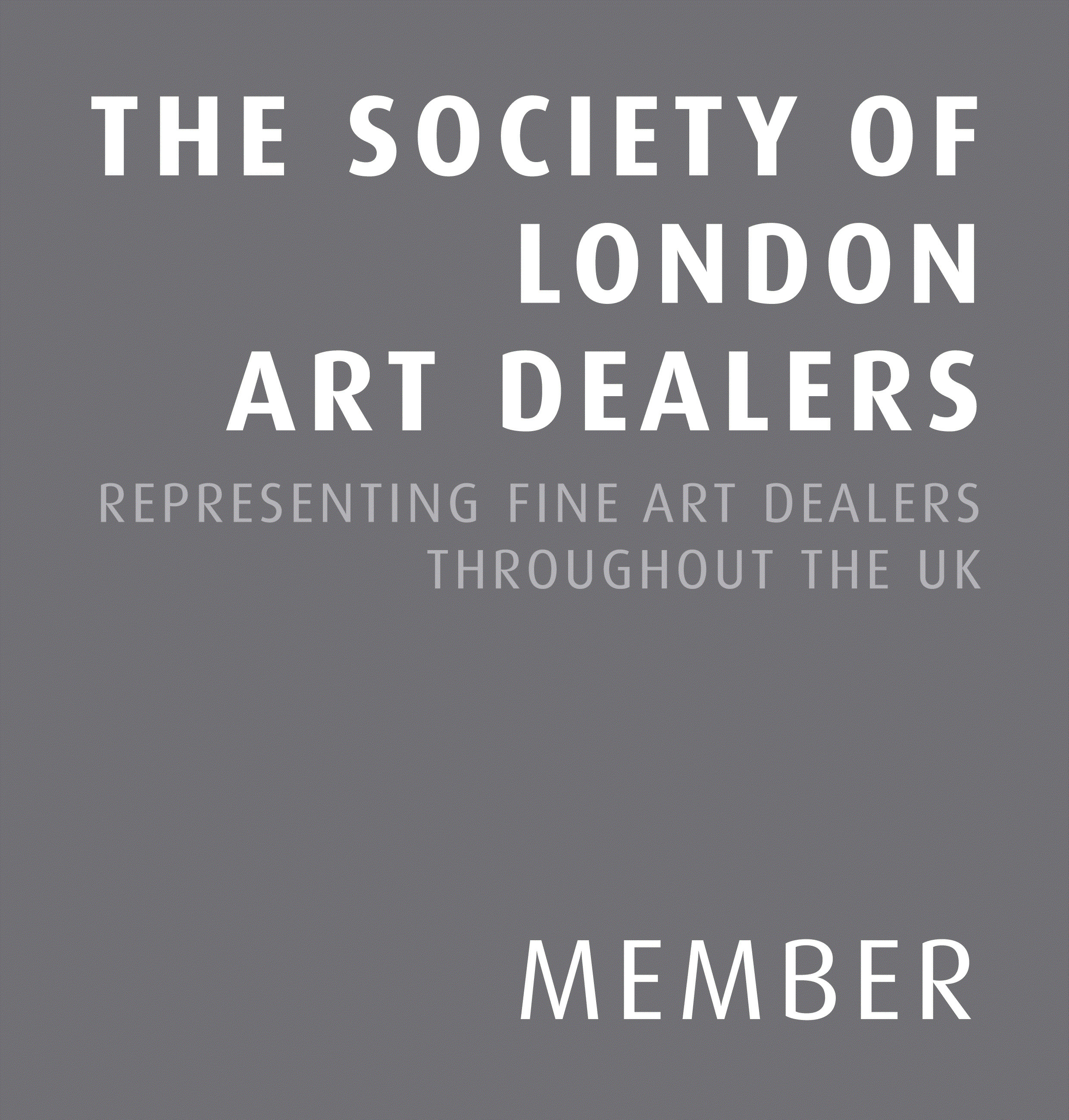
Francesco Jodice
What We Want, Normandy, T30, 2000
Inkjet on cotton paper, Dibond aluminium, plexiglass, woodframe
100 x 200 cm
39 2/8 x 78 5/8 ins
39 2/8 x 78 5/8 ins
6/8 + 1AP
On Omaha Beach, a group are immortalised in a photograph. The fact that they are the veterans of the Normandy landings who use the photo as an anaesthetising device is,...
On Omaha Beach, a group are immortalised in a photograph. The fact that they are the veterans of the Normandy landings who use the photo as an anaesthetising device is, in truth, problematic in today’s society, a virtuosity that we shouldn’t allow ourselves. The speed with which our everyday scenarios changes, prompts new and quicker systems of recording, translating and transmitting current events. We increasingly feel the need for less elaborate and more instantaneous images able to translate the new features of the landscape in real time. Fibre-optic cables, digital videos, social networks and email have permanently altered our way of thinking about the image of reality. In the age of the Internet, why communicate with Morse code? Why continue to support photography in the age of contingent reproducibility? We therefore ask ourselves, what do photographs mean today? One possible answer perhaps is the power of photography to capture things. Chemistry captures a place in a certain way and in a given moment of time, and there is nothing that can be done to deny the objective fact. And this is why in the courts in some American States photographs and their negatives are accepted as proof, to the exclusion of other forms of factual recordings. Photographs continue to maintain their validity as documents. And that’s not all. The fixity of photographs forces us into discussion. Recorded footage drifts from the screen and from our minds, no matter how innovative or dramatic it may be. Whereas photographs remain there, static, hanging on a nail, alongside the shelf where we store our house keys, purse and coat every day. Photos soon turn yellow, but they don’t disappear or so much as change, they remain there captivating you, telling you that at a certain moment things are or aren’t going in a certain way. Every day we have to face that reality when we leave and return home. The insistence of photographs and the gazes that have knowingly produced a legitimate consideration: that such fixity emerges with a new ethical vision of the places. An ethical vision that doesn’t allow any sign, however insignificant, to vanish from the screen without leaving at least the smallest trace of itself. Because for this group of veterans the photograph is proof of the veracity of their terrible memories; it is evidence of their truth and it is for this alone that they returned. And within the frame, every day we discover a new sign or meaning that has escaped us. Because more or less voluntarily, photos can be seen everywhere, even where there is apparently nothing, in the long run signs are apparent everywhere, even in North Cape. After all, it’s not so important that the photos contain every significant landscape, it’s more important that they continue to behave in the same way even in the age of virtual and digital images - forcing us to reflect on the information that they contain.
